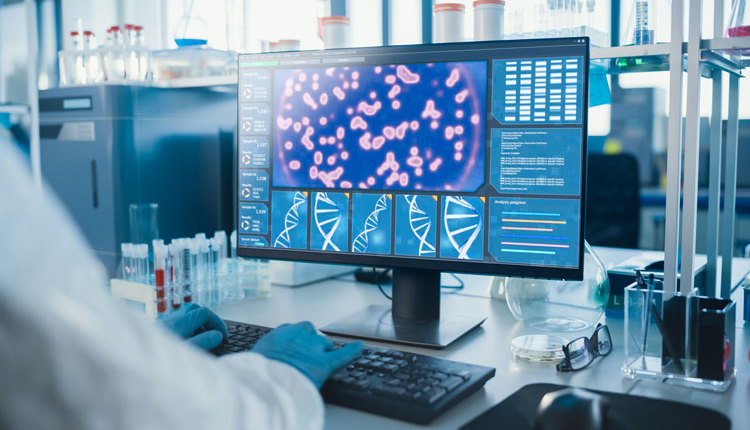
Three times a year, dairy producers and breeders eagerly await new genetic evaluations on all dairy cattle in the national cooperator database.
On Tuesday, December 3, more than 87 million animals will receive updated values for 49 individual traits and four genetic selection indexes – Lifetime Net Merit $, Cheese Merit $, Fluid Merit $, and Grazing Merit $. The triannual evaluations published by the Council on Dairy Cattle Breeding (CDCB) incorporate genomic data along with updated performance, or phenotypic, data on individual animals. (For a recap on the traits and indexes, see Making sense of dairy sire summaries.)
Dairy producers worldwide use these evaluations each and every day for breeding, culling, and other management decisions. How those genetic values are used on farms is common knowledge, but where they come from may be a mystery to some.
Farm data fuels genetic evaluations
It all starts at the farm – thousands of farms across the U.S. that voluntarily participate in the national system.
Farm owners and managers at more than 10,000 dairy herds, of all types and sizes, have decided to share their herd and individual animal data to aggregate into the national cooperator database. This animal data ranges from milk components and reproductive events to conformation scores and health records.
Millions of data points move from farms through an integrated, collaborative system that includes 60-plus organizations that specialize in collecting herd and animal data, analyzing milk and DNA samples, providing quality checks and standardization, evaluating cow conformation, and submitting quality data. The infographic below shows the flow of data points from farms into the database.
With the national cooperator database as the engine, CDCB then produces genetic evaluations for producers to select and breed better cattle. A tremendous volume of data, combined with robust quality and certification standards, results in increasingly accurate genetic evaluations. In 2024, the 100 millionth animal linked to phenotypic – or performance – data was recorded in the national cooperator database, and nearly 10 million genotypes have been added since the onset of genomic evaluations in 2008.
Starting with the December 3 evaluations, dairy farmers and breeders will have a clear signal to connect the sources of information they use for breeding and management decisions. As announced in October, genetic evaluations and services derived from the national cooperator database will be labeled with “Powered by CDCB.” With this mark, producers will know the evaluations are based on data contributed by thousands of herds across the U.S. and published by an objective, independent, and pre-competitive source.
The bottom line
Dairy genetic improvement in the U.S. has been powered by the century-long partnership of producers and many organizations that collect and transmit quality farm data into the national cooperator database. Together, dairy producers, farm-focused organizations, and CDCB ensure that accurate data flows through the integrated system, so reliable evaluations and quality U.S. genetics can be distributed around the world.

Dairy records providers collect on-farm data and milk samples through field service, working with certified milk labs for sample analysis. They are often farmer-owned and regional, and they unite through the Dairy Herd Information (DHI) system for national issues and quality standards.
Dairy record processing centers centralize and specialize in data processing and design software for data collection, lab analysis, and herd management. They deliver data back to farms and industry sectors and transfer data into the national cooperator database for genetic evaluations and research.
Purebred Dairy Cattle Association represents the U.S. breed registry associations that deliver animal identification, ancestry documentation, and classification, or type, data for the integrated system.
National Association of Animal Breeders manages the bull status codes for artificial insemination (A.I.) and marketing of U.S. genetics.
Genomic nominators and labs manage the DNA samples, information, and genotyping of animals, transfer that data to the national cooperator database, and deliver genomic evaluations back to animal owners.
Learn more about these data providers at uscdcb.com/partners.
To comment, email your remarks to intel@hoards.com.








